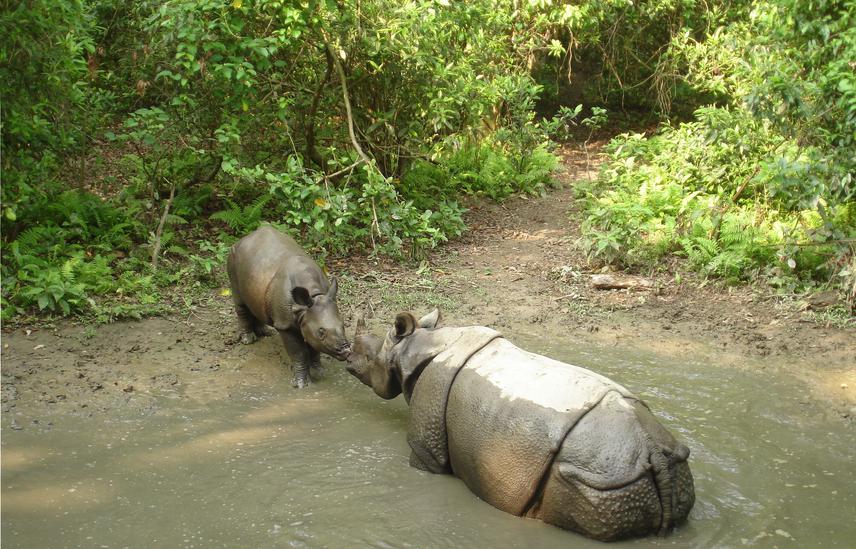Ganga Nakarmi
Other projects
This project aims to assess reason and resolutions of human casualties in Chitwan National Park, Nepal for park people co-existence through effective people’s participation in conservation efforts. To raise awareness among local people and to provide biogas plants to deem victimised by wild animal in the study area.

It has already been realized the need of people’s participation for protected area management and resource conservation. However, it is also obvious that until and unless people face the problem of property damage and loss of lives, it is difficult to get their true participation in conservation efforts.
This project thus aims to assess root causes of one of the issues – human casualty by wild animals and the existing practices to resolve this issue. This project’s goal is to provide a viable approach to strengthen the co-existence between human and wild animals. It will help identify special needs or appropriate approaches for better park management and help address practical challenges of conflict management.
The project will be implemented in Chitwan National Park of Nepal. This project mainly consists of three parts viz. study for feasible compensation mechanism, awareness raising and support biogas plant for those deemed victimised in the study area.
The research part of this project will focus on the following aspects:
-to assess reasons for human casualties.
-to assess the existing schemes to compensate the loss.
-to identify possible solutions for the resolution of human casualties.
Secondary information from various literature, questionnaire and field observation will be applied for data collection and analysis. Based on these a report having qualitative and quantitative information will be produced which will be a relevant document to lead sustainable conservation through people’s participation.
This will be helpful to conserve at least three major human-wildlife conflict responsible wild animals such as elephant, rhino and tiger which are globally threatened and listed in the IUCN Red data list through reduced poaching and retaliatory killing. Moreover, a standard, less bureaucratic, self-sustaining community based and systematic approach to compensate such loss will be recommended through thorough review of the existing compensation mechanisms in national and regional level.